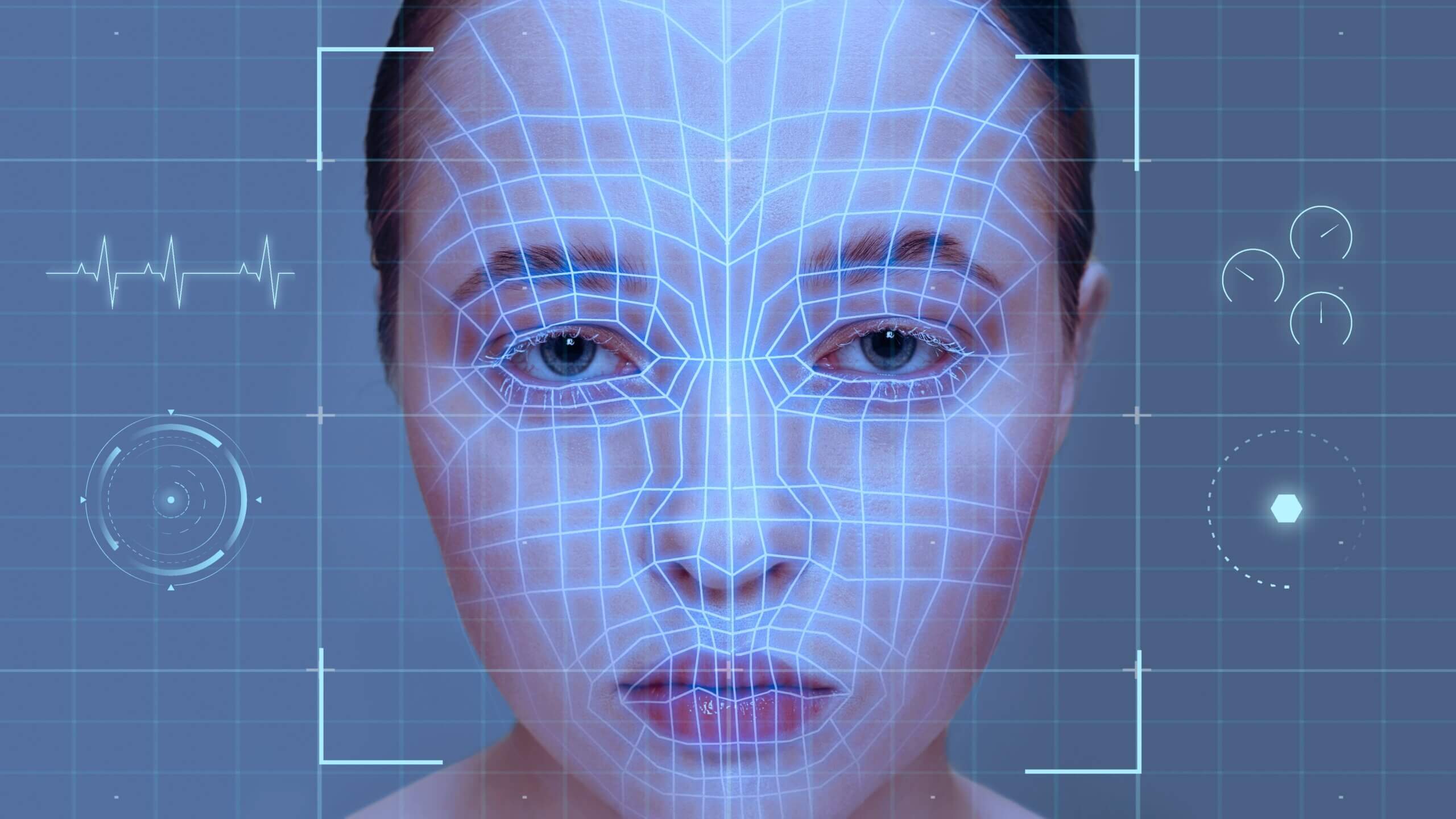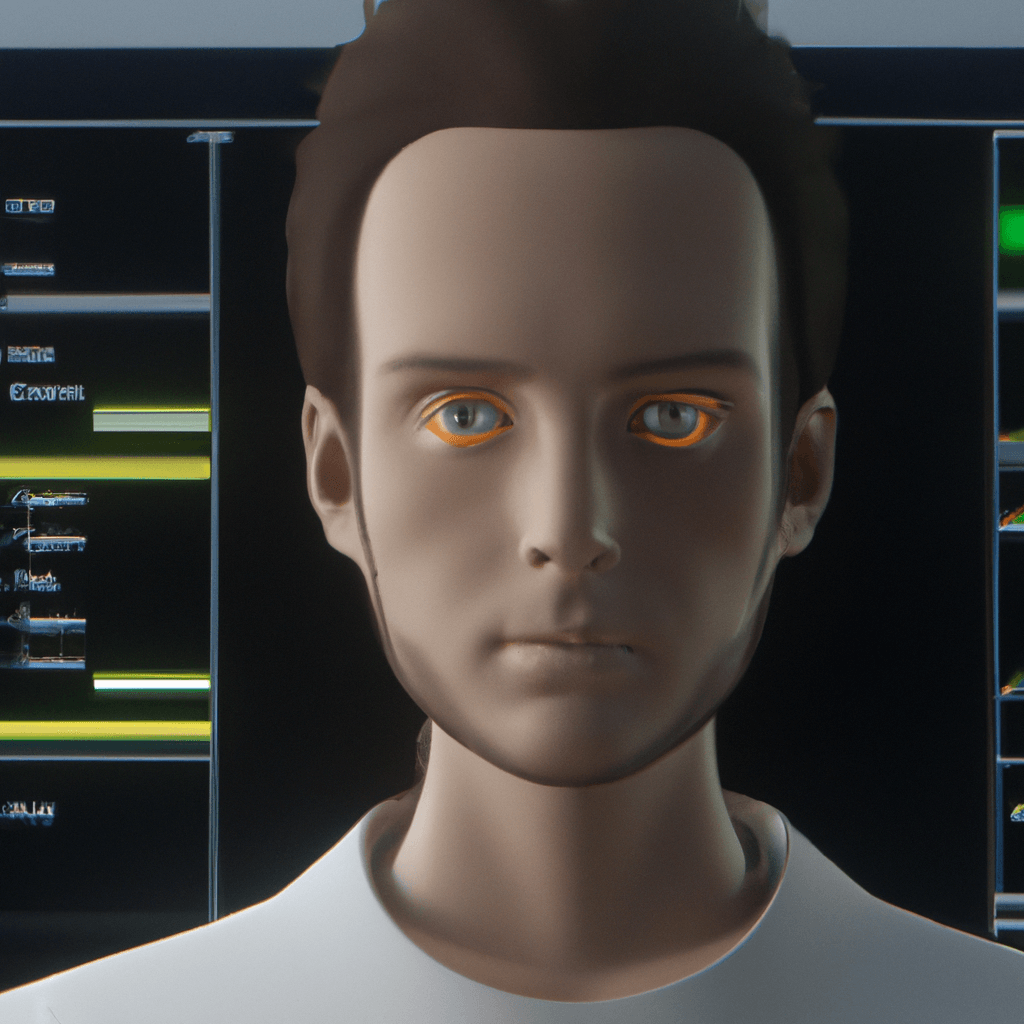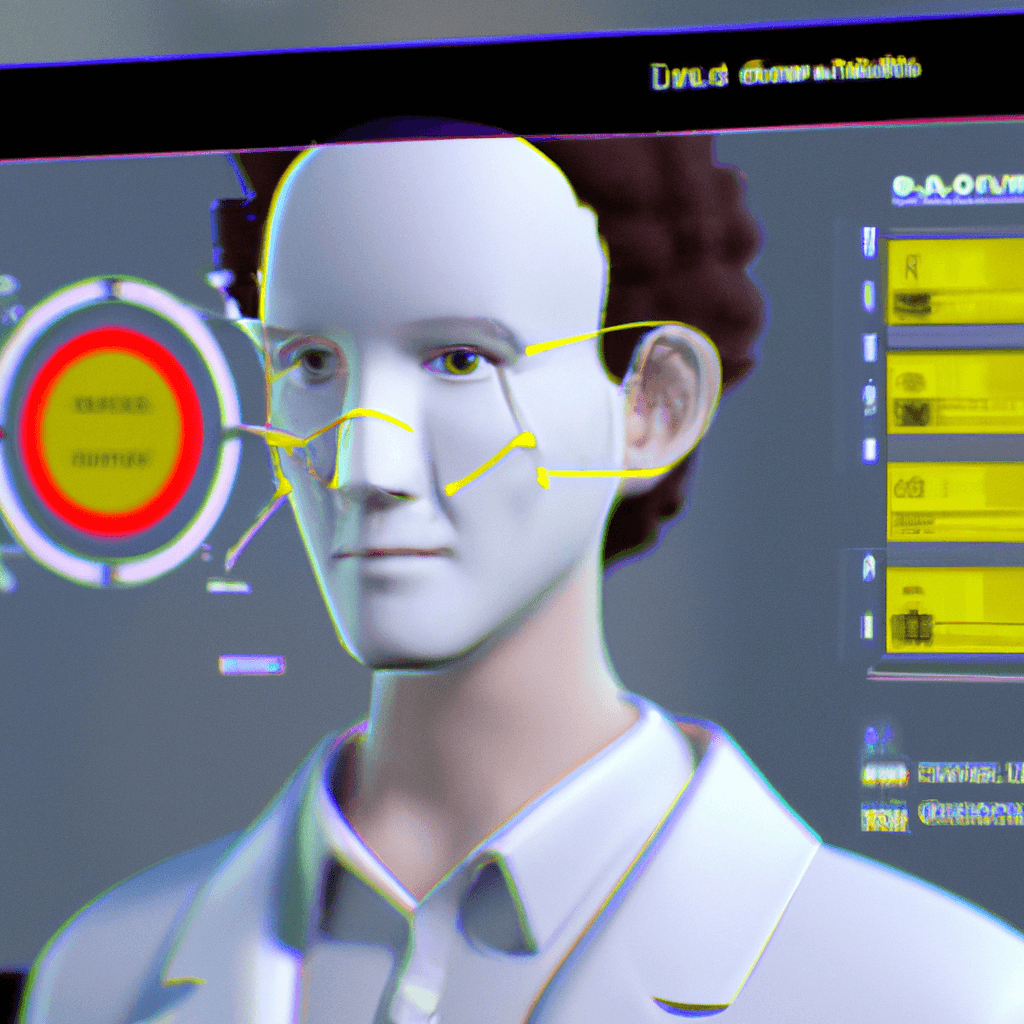
- Introduction to Facial Recognition Technology
- Racial and Gender Biases in Facial Recognition Technology
- Inaccurate Matching of Facial Features
- Inadequate Data Sets for Training
- Inadequate Security Measures
- Conclusion
Introduction to Facial Recognition Technology
Facial recognition technology has become increasingly popular in recent years, with applications ranging from security and surveillance to identity verification and more. The technology uses computer algorithms to identify and analyze facial features from digital images or videos.
However, despite its growing popularity, there are still several uncovered flaws in facial recognition technology that need to be addressed in order to ensure its accuracy and reliability.
Racial and Gender Biases in Facial Recognition Technology
One of the most significant uncovered flaws in facial recognition technology is the racial and gender biases that can exist in the algorithms. Studies have found that facial recognition algorithms are more likely to misidentify people of color and women than white men.
This bias can lead to serious consequences, including false arrests and wrongful convictions, and highlights the need for more rigorous testing of facial recognition algorithms to ensure fairness and accuracy.
Inadequate Data Sets for Training
Another uncovered flaw in facial recognition technology is that the data sets used to train the algorithms can be inadequate. If the data sets are too small or not representative of the population, the algorithms may not be able to accurately identify faces.
This can lead to false positives and false negatives, as well as inaccurate results. To address this issue, facial recognition algorithms must be trained on larger and more diverse data sets to ensure accuracy and reliability.
Inadequate Security Measures
Another uncovered flaw in facial recognition technology is that the security measures used to protect the algorithms can be inadequate. If the algorithms are not properly secured, they can be vulnerable to hacking and other malicious attacks.
This can lead to the unauthorized use of facial recognition technology, as well as the potential for misuse and abuse. To address this issue, facial recognition algorithms must be protected with robust security measures to ensure the safety and privacy of users.
Conclusion
Facial recognition technology has the potential to be an invaluable tool for security and surveillance, but it is not without its flaws. Uncovering and addressing these uncovered flaws is essential to ensure the accuracy and reliability of facial recognition algorithms.
By addressing these issues, we can ensure that facial recognition technology is used responsibly and ethically, and that it provides the highest level of accuracy and reliability for its users.
Now you can access the video library on Netflix documentary investigates the bias in algorithms and many such informative videos. Click the below link.
Watch Your Favorite Documentaries on Netflix





